APES- Topic 1 The Living World: Ecosystems Vocab
1/75
Earn XP
Description and Tags
Ecosystems, Biomes, Biogeochemical Cycles (excluding Energy flow in Ecosystems & Primary Productivity)
Name | Mastery | Learn | Test | Matching | Spaced |
|---|
No study sessions yet.
76 Terms
Mutualism (+/+)
both species benefit (ex. flowers & pollinating insects)
Resource-Resource Relationships (Nature of Symbiosis)
one resource traded for another
Resource-Service Relationship (Nature of Symbiosis)
one resource traded for a service
Commensalism (+/o)
one benefits & the other is unharmed (ex. anemone & clownfish)
Parasitism (+/-)
one benefits & other is harmed (ex. mistletoe taking nutrients from other trees)
Predation (+/-)
a predator kills a prey; affects ecosystem & resource availability
Competition (-/-)
individuals of the same or different species compete for the same limited resources
Intraspecific Competition
competition among individuals of the same species → determines the carrying capacity
Scramble Competition
intraspecific race to consume a resource
Contest Competition
intraspecific competition for mating privileges
Social Competition
intraspecific competition for a place in social hierarchy
Interspecific Competition
different species compete for limited resources → competitive exclusion or resource partitioning
Competitive Exclusion
one species drives the other to extinction (caused by interspecific competition)
Resource Partitioning
species evolve to utilize resources differently (caused by interspecific competition) → reducing niches to realized niches & displacement
Realized Niche
a specialized niche (reduced due to resource partitioning)
Character Displacement
competing species diverge in physical characteristics due to evolution suited to their best resource (due to resource partitioning)
Biome
large region that is characterized by a type of climate and native plant types
Major Terrestrial Biomes
taiga, temperate rainforests, temperate seasonal forests, tropical rainforests, shrubland, temperate grassland, savanna, desert, and tundra (* limiting factors= average precipitation and average temperature)
Marine Biomes
oceans, coral reefs, marshland, and estuaries
Freshwater Biomes
streams, rivers, ponds, and lakes (source of drinking)
What contributes to the global distribution of terrestrial resources?
climate, geography, latitude and altitude (closure to equator= more sun expose & hotter), nutrient availability, and soil
What contributes to the global distribution of marine resources?
salinity, depth, turbidity, nutrient availability, and temperature

Tundra (Cold Grassland)
high-altitude frigid tree-less grassland w/ short soggy summers, dark winters, and low precipitation:
mosses, lichen, dwarf shrubs, arctic foxes, arctic hares, snowy owls
fragile poorly-developed soil —> affected by human oil & gas pipelines
Importance of Permafrost
permafrost melts during summer, forming shallow lakes, marshes, and bogs, which attract insects and provides a valuable food source for migratory birds

Temperate Grassland (Prairies)
grassland with cold winters and dry, warm summers with uneven precipitation and wind:
perennial grasses and herbs (adapted to fire, drought, and cold) badger, prairie dog, prairie vole, fox squirrel, mink,
human impacts: agriculture, urbanization, poaching, grazing

Savanna (Tropical Grassland)
grassland with hot temperatures, and both dry and wet periods:
elephant grass, acacia, & shrubs (adapted to survive droughts and extreme heat), lion, zebra, giraffe
human impacts: agriculture, poaching, mining, tourism
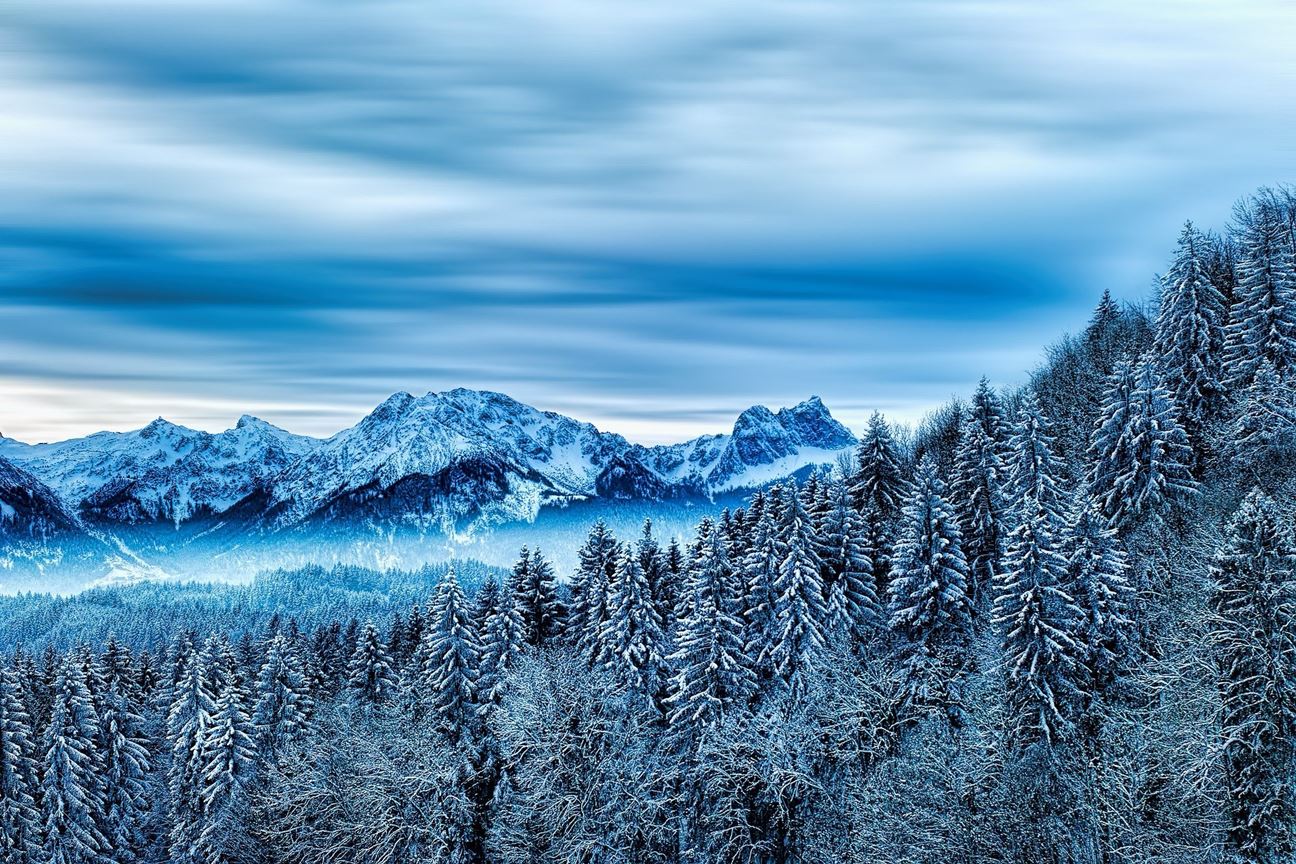
Taiga (Cold/Boreal Forest)
snowy forests with long, cold winters, mild summers, and low precipitation:
needle-leaf trees (spruce, fir), berry-bearing shrubs, gray wolf, river otter, grizzly bear
human impacts: mining, oil extraction, logging, hydroelectric development

Temperate Forest
middle-latitude forests with warm summers, cold winters, and adequate rain:
broadleaf trees, flowering shrubs, squirrel, deer, badger, hedgehogs
human impacts: agriculture, development, industry, logging, mills, costal fisheries
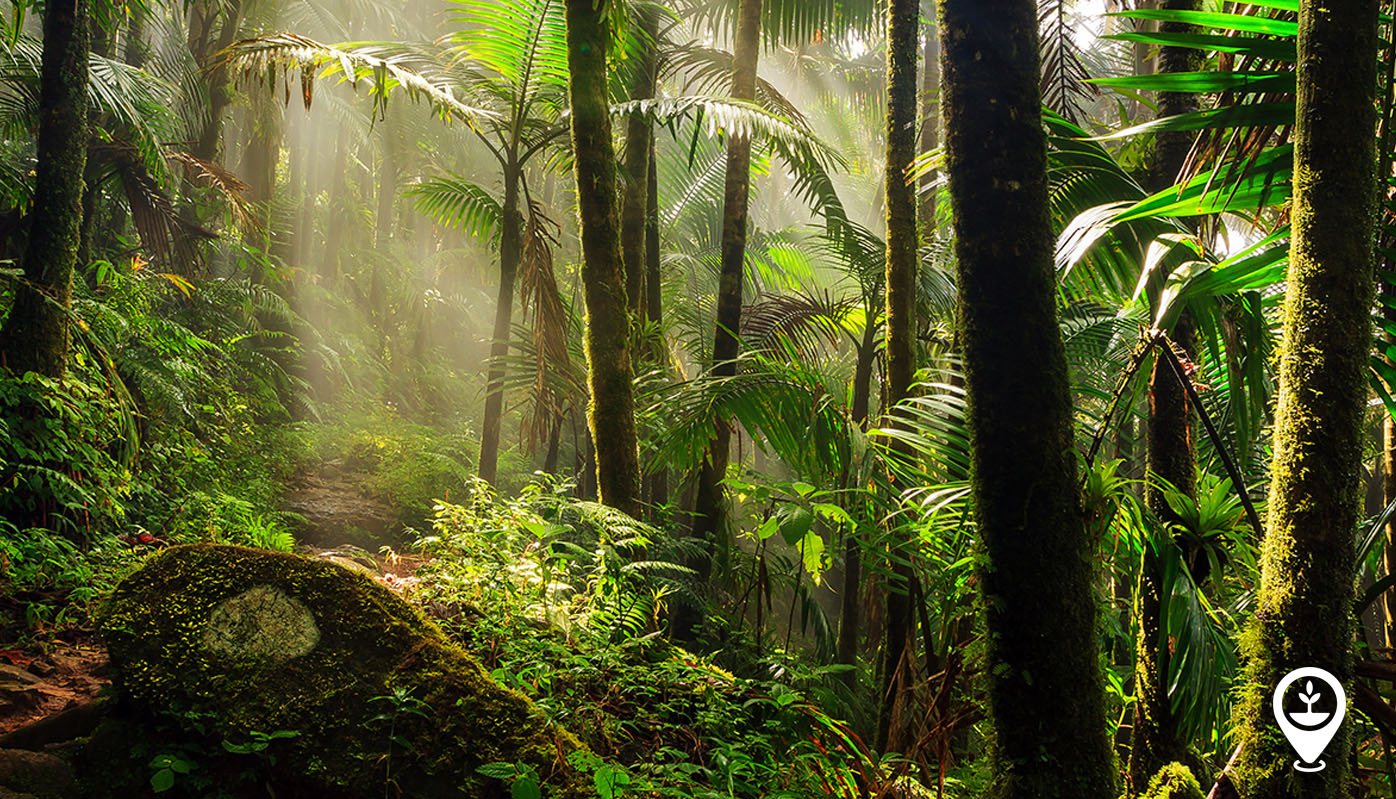
Rainforest (Tropical Forest)
warm forests that receive an abundance of rainfall
rubber & banana trees, orchards, strangler fig, climbing plants, jaguars, orangutans, boa constrictors, sloths
human impacts: deforestation, loss of biodiversity, soil erosion,
Why don’t tropical forest trees don’t drop their leaves like those of a temperature forest?
Tropical forest trees have tops that form canopies, which block light from reaching the forest floor and contribute to a stable climate without any frigid weather
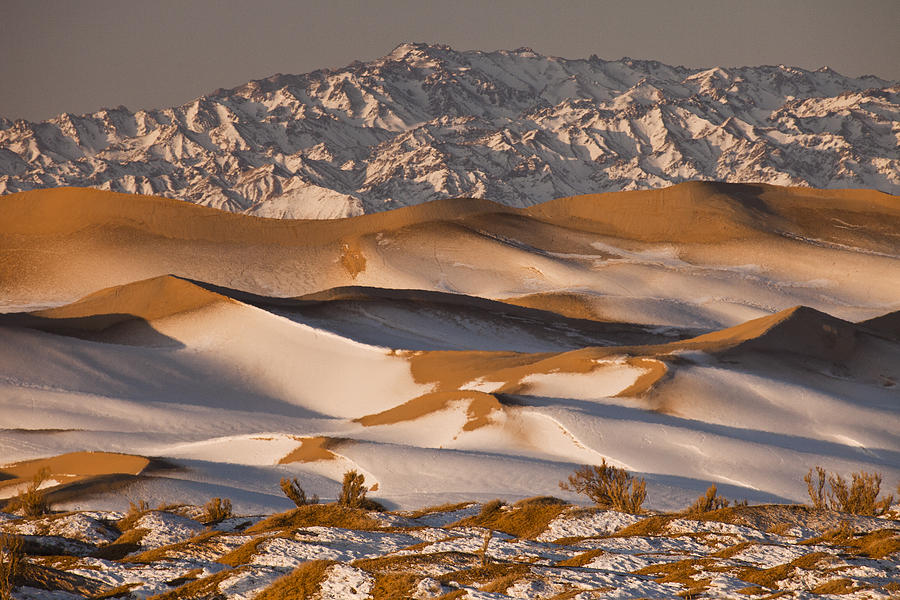
Cold Deserts
sparse-vegetation deserts with cold winters, warm summers, and low precipitation
saltbush, black rice, black-tailed gazelles, snow leopards, lizards, wolves
human impact: global warming, habitat destruction, erosion
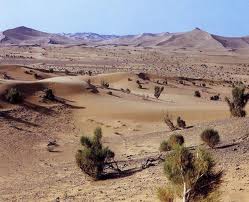
Temperate Desert
desert with warm-hot summers and cold winters, & some precipitation
cacti, wildflowers, plants with wax-coated leaves (reduce water loss), (hide in burrows and rocky crevices), bobcats, spiders, vultures, rattlesnakes, bats
human impacts: habitat destruction, erosion

Tropical Desert
hot and dry deserts with few plants, hard-blown surfaces, and very little precipitation
sand, kangaroos, camels, insects
human impact: habitat destruction, urban development, tourism
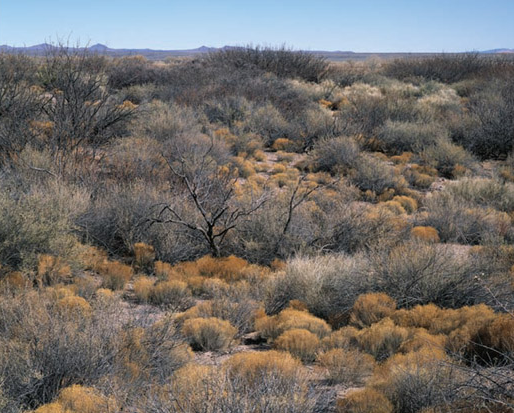
Chaparral (Temperate Shrub-land on border of deserts)
shrubland with dry, hot summer than dry plants, spring fog, and long, wintery rainy seasons:
evergreen shrubs, short leathery-leaf trees, chipmunks, jackrabbits, lizards, birds
human impacts: human-inflicted fires, flooding, urban development, mudslides
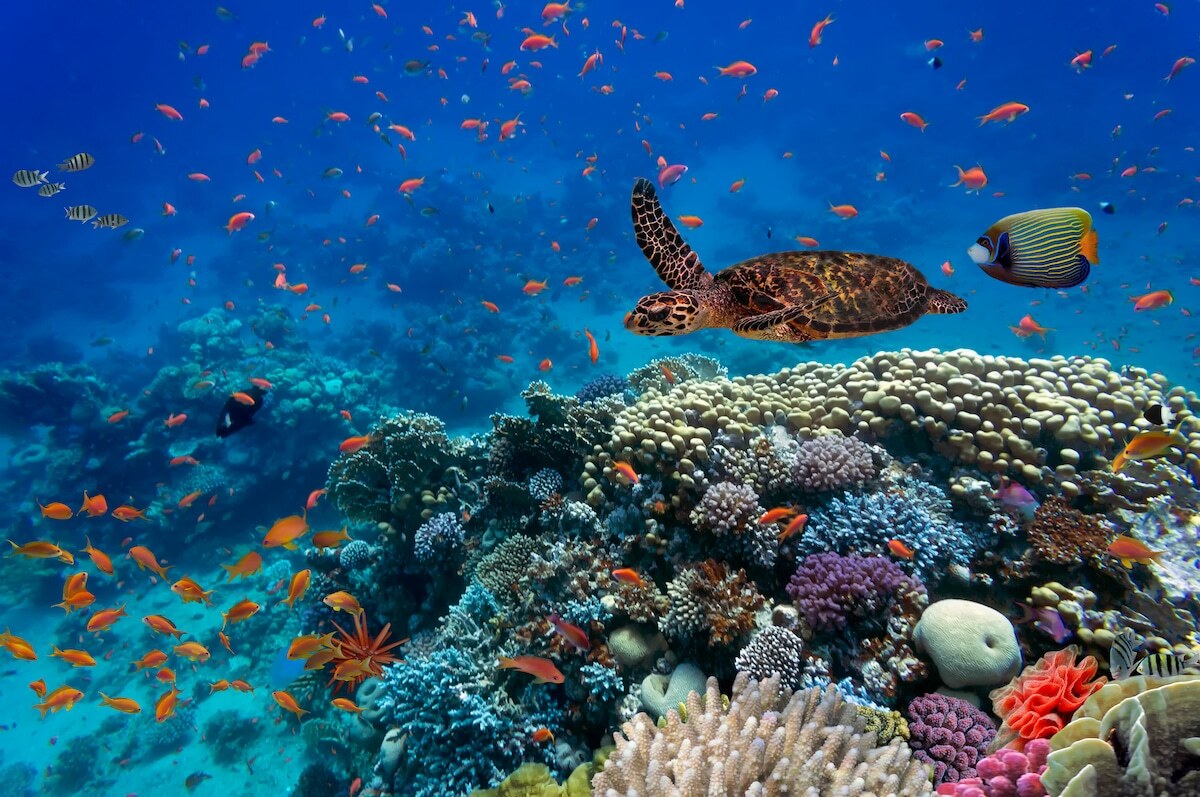
Coral Reefs
form in clear, warm coastal waters in tropical area, & provide an important habitat for aquatic creatures
human effect: runoff, pollution, ocean acidification (overly acidic ocean water can dissolve the calcium carbonate of these creatures and cause it to be more difficult for polyps to build reefs)
What aquatic life is found near shorelines and coastal areas?
large amount of nutrients for primary producers.
Shorelines are also in proximity to estuaries, coastal marshes, mangrove forests, and coral reefs, which provide habitats, nutrients, and feeding grounds
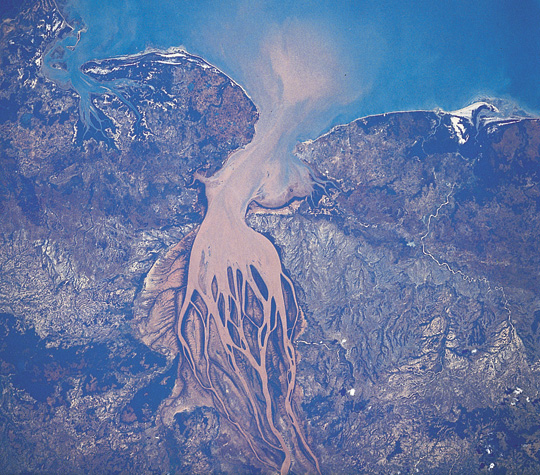
Estuary
aquatic zone where a river meets the sea (seawater mixes with freshwater & nutrients & pollution from land)

Coastal Wetlands (Coastal Marshes, Salt Marshes, Mangrove Forests)
coastal land areas covered in water year-round with high nutrient imports from rivers & circulation, species of plants that can live in saltwater, & one of earth’s most productive ecosystems
seagrass beds (main water quality by filtering, provides habits, and reduces absorbing waves), mangrove trees (roots curve up from mud and water to obtain oxygen from the air), shellfish, crabs, snakes, etc.
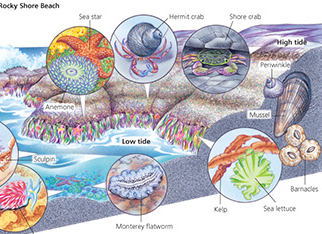
Intertidal Zones
areas where organisms must avoid being swept away or crushed by waves through adaptations such as a shell to hide in and behavior to dig into the sand or hold onto something.

Upwelling
upward movements of ocean water, are important because they bring cool and nutrient-rich water from the bottom of the ocean to the top to compensate for low nutrient levels of the euphotic zone
Euphotic Ocean Zone
brightly lit upper ocean zone, with low nutrients and high dissolved oxygen due to phytoplankton photosynthetic activity
swordfish, sharks, and bluefin tuna, phytoplankton
Bathyal Ocean Zone
dimly lit middle zone that receives little sunlight and therefore does not contain photosynthesizing producers
little fishes
Abyssal Ocean Zone
dark and cold deepest sea zone with little sunlight and no photosynthesis and low productivity
get food from marine snow (showers of dead & decaying organisms), worm deposit feeders, & oyster, clam, sponge filter feeders

Lakes
large natural bodies of standing freshwater formed when precipitation, runoff, streams, rivers, and groundwater seepage fill depressions in the earth’s surface
Littoral Lake Zone
region of a pond or lake, at the surface level of the shore, where most life is found since nutrients allow aquatic plants and small animals, such as fish and frogs, to live
Limnetic Lake Zone
open, sunlit surface layer away from the shore that extends to the depth penetrated by sunlight & is the most photosynthetic area
Profundal Lake Zone
volume of deeper water lying between the limnetic zone and the lake bottom with low oxygen levels
fish are adapted to darkness & coldness
Benthic Lake Zone
bottom of the lake, inhabited mostly by decomposers, detritus feeders, and some bottom-feeding species of fish such as catfish, that is nourished by dead matter
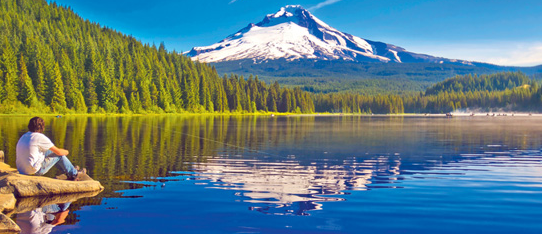
Oligotrophic Lakes
lakes that have a small supply of plant nutrients and are often deep with steep banks: supplied by crystal-clear freshwater from glaciers and mountain streams

Eutrophic Lake
lakes with a large supply of nutrients that are shallow and have murky-water
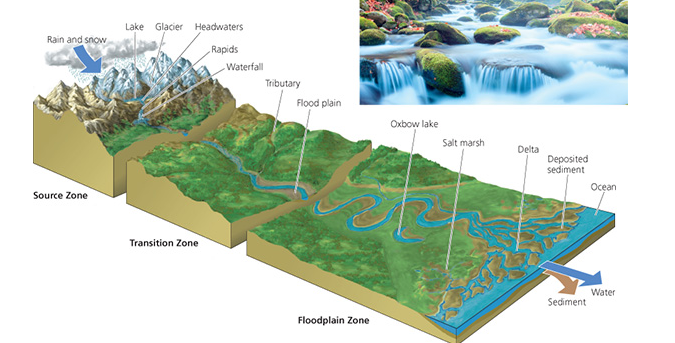
Downhill Flow of Water
source zone= clear, cold water tumbles over rocks, waterfalls, and rapids, losing its dissolved oxygen and with little nutrients
transition zone= streams merge to form wider, deeper, and warmer streams that flow down gentler slopes
floodplain Zones= streams join into wider and deeper rivers that flow across broad, flat valleys; has least amount of dissolved oxygen;
Reservoirs
where nutrients reside for varying amounts of time
Flux
rate at which materials move between pools
Source
a pool that releases more nutrients than it accepts
Sink
a pool that accepts more nutrients than it releases
Macronutrients
nutrients required in larger amounts (ex. carbon, hydrogen, oxygen, nitrogen, sulfur, & phosphorus)
Micronutrients
nutrients needed in smaller amounts
Limiting Nutrients
shortage of a single nutrient is enough to limit the productivity of an ecosystem
ex. nitrogen & phosphorus limit plants & algal growth

The Hydrologic Cycle
“the water cycle”, collects, purifies, and distributes the earth’s fixed supply of water
reservoirs: oceans, lakes, aquifers, rivers
natural fluxes: evaporation, transportation, precipitation runoff & infiltration
Our impacts: clearing land → runoff & erosion irrigation depletes lakes, damming rivers slows movement, & air pollution changes the nature of precipitation
Surface Run-off
water flows into streams, rivers, lakes, wetlands, and oceans, from which it can evaporate to repeat the cycle
Aquifers
underground layers of rock, sand, and gravel, where precipitation sinks through the soil, called groundwater
Glaciers
precipitation converted to ice & stored there

The Carbon Cycle
reservoirs: sedimentary rocks & fossil fuels, oceans, & forests/plants
natural fluxes: photosynthesis, cellular respiration, combustion of organic material
Greenhouse Gases
a positive attribute of the atmosphere and carbon cycle that regulates the temperature of the earth
too little carbon dioxide= climate is cooler
too much carbon dioxide= climate is warmer
Photosynthesis
plants, algae, & bacteria remove carbon dioxide from the air & water → produces oxygen and carbohydrates
Respiration
returns carbon to air & oceans
Decomposition
returns carbon to sediment & carbon dioxide is dissolved in water, making it more acidic
Burning Fossil Fuels
moves Carbon from the lithosphere to the atmosphere
Burning Vegetation
moves Carbon from the biosphere to the atmosphere
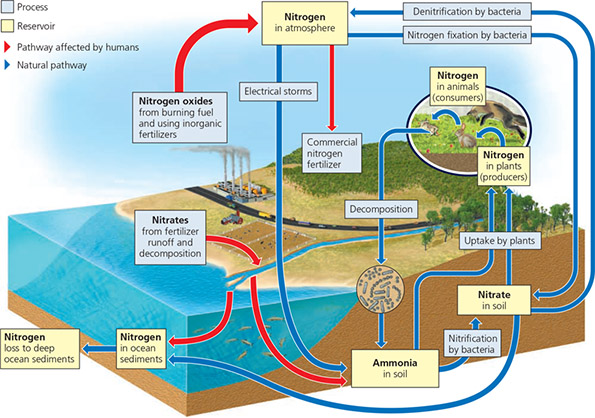
The Nitrogen Cycle
nitrogen: 78% of our atmosphere & necessary for proteins, DNA, & RNA
reservoirs: atmosphere
flux: nitrogen fixation, nitrification, ammonification, denitrification, assimilation
our impact: haber-bosch process (industrial fixation, overuse of fertilizers, burning fossil fuels adds nitrogen compounds to the atmosphere → acid precipitation,
Nitrogen Fixation
lightening — nitrogen-fixing bacteria combine (fix) nitrogen (N2) with hydrogen (H) to form ammonia (NH3) & ammonium (NH4) which can be used by plants
only process that converted inorganic nitrogen (N2) into a form living things could utilize (NH4, NH3, NO3)
Nitrification
process by which nitrifying bacteria convert ammonium ions first into nitrogen dioxide, then nitrate ions (NH4 → NO2- → NO3-)
Assimilation
plants take up NH3, NH4+, or NO3- & take up nitrate more easily → plants obtain nitrogen by eating plants or other animals
Decomposition/Ammunification
decomposers get from the organic compounds of dead & decaying plants or other animals, release ammonium (NH4+) ions into soil for plants to assimilate directly or for nitrifying bacteria to converted to nitrates (NO3)
Denitrification
bacteria convert nitrates (NO30 in soil or water to gaseous nitrogen (N2), releasing it back into the atmosphere
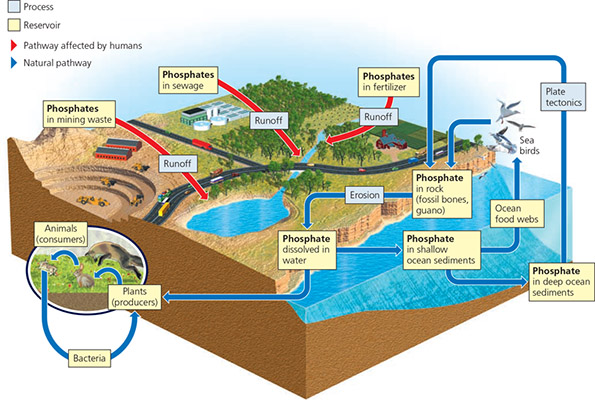
The Phosphorus Cycle
phosphorus is a key component of cell membranes, DNA, RNA, ATP, & ADP
no significant atmospheric component & is a limiting factor for plant growth
reservoirs: within rocks (extremely long residence time)
fluxes: released by weathering
our impact: runoff from farm fields → increases phytoplankton growth, eutrophication & hypoxia; wastewater discharge from sewage facilities releases phosphorus